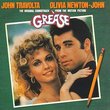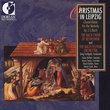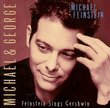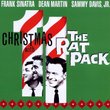| All Artists: Antonio Soler, David Schrader Title: Soler: Fandango & Seven Sonatas Members Wishing: 0 Total Copies: 0 Label: Cedille Release Date: 10/7/1996 Genre: Classical Styles: Chamber Music, Forms & Genres, Sonatas, Historical Periods, Baroque (c.1600-1750), Classical (c.1770-1830), Instruments, Keyboard Number of Discs: 1 SwapaCD Credits: 1 UPCs: 735131900423, 789368512621, 669910158760 |
Search - Antonio Soler, David Schrader :: Soler: Fandango & Seven Sonatas
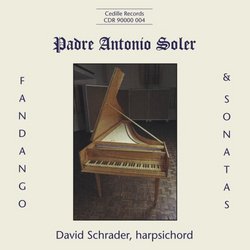 | Antonio Soler, David Schrader Soler: Fandango & Seven Sonatas Genre: Classical
Keyboard artist David Schrader, a favorite of the Chicago Symphony Orchestra, made his solo recording debut with this CD of harpsichord works by Spanish composer Padre Antonio Soler. Soler's compositions embrace Spanish ... more » |
Larger Image |
CD Details
Synopsis
Album Description
Keyboard artist David Schrader, a favorite of the Chicago Symphony Orchestra, made his solo recording debut with this CD of harpsichord works by Spanish composer Padre Antonio Soler. Soler's compositions embrace Spanish folk melodies, show a fondness for syncopations, and require virtuosity from the performer. Soler's work bridges late Baroque and early Classical styles. "Like his illustrious predecessor at the Spanish court, Domenico Scarlatti," writes David Schrader in his program notes,"Soler also enjoyed the patronage of a member of the royal family . . . While Scarlatti's influence on Soler is evident, it is well to note some salient differences in the two composers' works for keyboard. Soler composed more sonatas in a relatively moderate tempo than did Scarlatti; the acciaccaturas (dissonant notes played quickly in between harmonic tones) so germane to Scarlatti's style rarely appear in Soler's works; and Soler made frequent use of Alberti bass patterns, which Scarlatti avoided. Similarities, however, include the demand for virtuosic technique, a fondness for syncopations, and a thorough infusion of Spanish folk music." The instrument used in the recording (an 8-foot single-manual harpsichord) was built by Paul Y. Irvin of Glenview, Illinois in 1989. It has a five-octave range, two sets of unison string, and a buff stop. Its design was inspired by the sound and acoustical design of a small 1681 Giusti harpsichord now in the Germanisches Museum, Nürnberg.
Similar CDs
Similarly Requested CDs
| Duke Ellington At Newport Genre: Jazz Label: Sony | |
| Various Artists Come Together: America Salutes Beatles Genres: Country, Blues, Folk, Special Interest, Pop, R&B, Rock, Classic Rock Label: Capitol | |
| Poe Haunted Genres: Alternative Rock, Folk, Pop, Rock Label: Atlantic UK | |

 Track Listings (11) - Disc #1
Track Listings (11) - Disc #1
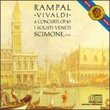

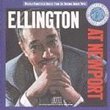
![Vivaldi : The Four Seasons (from Il Cimento dell 'Armonia e dell 'Inventione, Op. 8) [RARE]](https://nationalbookswap.com/cd//m/90/6390/13316390.jpg)
